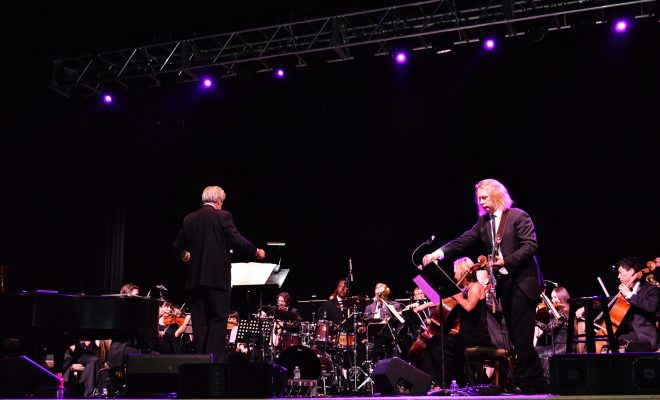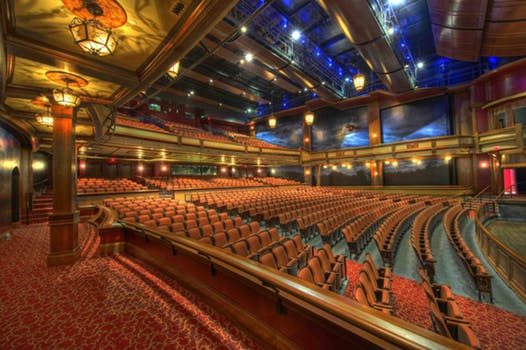
What is a Symphony?
It seems that in todays culture and society we sometimes revert to the true origins of music. As a genre, the symphony is far from dead, and the art of symphony is incredibly important in our culture, even though the rules are now a lot less strict, the term symphony is usually for works that have a “high” purpose,
Ed Sheeran’s newest remix of “Perfect” featuring Andrea Bocelli, and a full symphony orchestra others are now catching on to this and getting on board creating beautiful new music with a symphonic element.…
The Las Vegas Symphony Orchestra that has a “Pops Ensemble” which performs modern pop music with a symphonic element, but also doing performances like “The King Symphonic” which was a symphonic presentation of Elvis Presley’s music with professional vocals and not some Elvis impersonator in a jumpsuit.
…But, what do you think of when someone says “symphony”? Do you think of Beethoven’s Symphony No.9 ? Or Brahms Symphony No.4?
In the 18th century a symphony was considered the highest point achievement in terms of instrumental music of a composer.
The term symphony has come a long way. It was not a word created by scholars in the 18th century, a time in which remarkable progress was being made in science and technology.
The word “symphony” actually comes from ancient Greece.
In ancient Greek treatises the word “symphonia” was often used, a term which here means “unison of sound”
Aristotle himself defined symphony as a number ratio of high and low pitches.
In a non-musical contest, symphonia meant “harmony and agreement”
Medieval music theory maintained the term symphonia as “consonance” (which means harmony of sounds) and opposed it to “diaphonia,” (which means inharmonious)
It was not until the 16th century that composers started defining their works as symphonies.
The earliest compositions classified as symphonies were mainly collections of sacred and vocal works, later it meant a large variety of compositions and instrumental pieces that were parts of larger works.
Specifically, in the Italian tradition, the Italian Overture had a consolidated three-part structure: fast, slow, fast, and dance-like.
Haydn and Mozart were very prolific in the art of symphony (Haydn composed 107 symphonies, and Mozart 47) the Italian Overture then died out for the four part form: Sonata/allegro, adagio, scherzo, rondo’.
Then comes Ludwig!
Even though Beethoven followed Mozart’s and Haydn’s pattern when composing the first and the second of nine symphonies, he eventually took the genre in a completely new direction,
His Eroica, in fact, was a work written with a purpose and under the inspiration of a special subject. (Napoleon Bonaparte)
Beethoven had set a really high standard in the symphonic genre and, after his death, it was debated if there would be space for improvement in symphonies.
Even though Schumann and Mendelssohn proved that the symphonies were still popular, a lot of composers then turned to overtures. which offered more expressive possibilities.
As a genre, the symphony is far from dead, and, even though the rules are now way less strict, the term symphony is usually for works that have a “high” purpose.
By Hassett Gravois







You must be logged in to post a comment Login